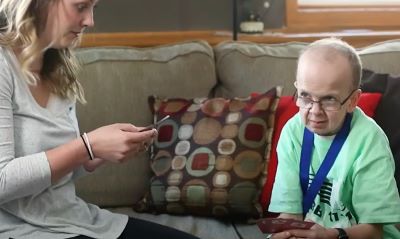Selling buildings, MRCI goes ‘all-in’ for community-based service
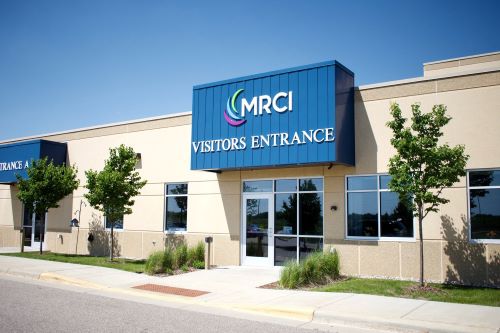
A move away from facility-based disability services has been discussed for several years at Mankato-based MRCI, but it was COVID-19 which nudged the 67-year-old MOHR member to make the leap.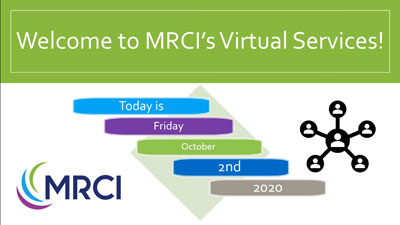
“For our organization, the time was right,” said MRCI CEO Brian Benshoof, leader of what was an almost $100 million nonprofit before COVID-19 rolled in.
Building closures
The provider is closing buildings in Chaska, Shakopee, Rosemount, Fairmont and New Ulm, and consolidating two buildings into one for its Mankato headquarters. The change impacts about 1,400 program participants. Many structures are for sale.
The move coincided with more than 300 staff layoffs to cope with service shutdowns this past spring and summer. “We’ve been bringing staff back at a slow pace, doing a lot of virtual (services) with clients and group homes,” said Benshoof. Extended Employment services continued through the COVID era.
Remote work picks up, in-house declining
About half of MRCI’s income flows from Community Directed Services (CDS), where it supports families, allowing them to hire their own staff to take care of loved ones. COVID led to a remote working arrangement for these staffers, who will continue in that capacity, Benshoof explains. In-house work had been declining for the last five years as MRCI was moving more participants into community jobs. At the same time, its buildings were underutilized, he said. The nonprofit’s headquarters in Mankato was only half full.
In-house work had been declining for the last five years as MRCI was moving more participants into community jobs. At the same time, its buildings were underutilized, he said. The nonprofit’s headquarters in Mankato was only half full.
Eliminating brick and mortar operations will save millions of dollars. “We wanted to pay higher starting wages, better benefits and really invest our savings in the people, because that’s really the heart of our business,” said Benshoof.
MRCI made the decision this summer to move its employment and life enrichment supports entirely to the communities where it operates. It was originally a two-year plan, the CEO explains, but COVID impacts made this an opportune time.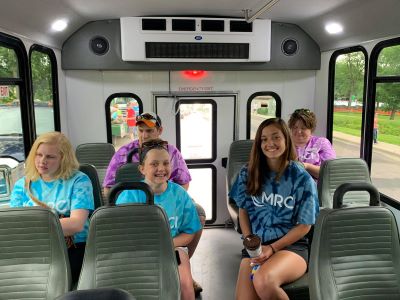
He used to tell people that changes like these are like rebuilding an airplane while it’s flying. “With COVID, we kind of got the plane on the ground, in the hangar and rebuilt it. It’s a lot easier to do it that way.”
Getting the community behind it
The move takes a lot of partnerships and community support, he said. Employers that utilized MRCI participants in enclaves were asked to hire the people directly. Responses were positive.
MRCI had some inherent advantages, having operated enclaves since 1986 and building many networks in its communities.
Staff took the summer to reach out to families, who were receptive. MRCI made over a thousand phone calls in three months. Team meetings would come later with case managers to develop new plans for each participant. Programs would be relicensed to fit the new approach.
Stages of change, obstacles, new environments
The CEO said the changes have been invigorating. “You think you’re innovative, but the innovations you do are small,” said Benshoof. Staff have gone from depression, to fear, to having fun. “It’s fun to watch staff get excited about something new.” Leaders are calling it the “New MRCI.”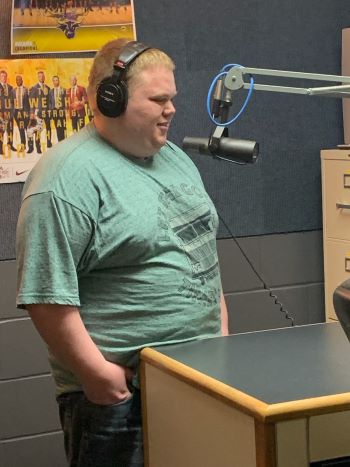 The change doesn’t come without obstacles. How will staff groups, who were previously under one roof, stay connected to each other? Work is social for MRCI. Zoom online meetings have helped people get through. The team numbered about 125 in early September, many of them CDS staffers. It employed about 450 people before COVID.
The change doesn’t come without obstacles. How will staff groups, who were previously under one roof, stay connected to each other? Work is social for MRCI. Zoom online meetings have helped people get through. The team numbered about 125 in early September, many of them CDS staffers. It employed about 450 people before COVID.
There are logistics hurdles. MRCI will transition its bus fleet to minivan transport. The smaller vehicles are cheaper to operate. The hope is to have staff to client ratios of one to four.
Connecting staff to the ne w environments will be important. “Now’s the time to say if you’re in or not in,” said Benshoof, “and so far it’s been good.” The CEO said he’s excited and he hopes that others are, too.
w environments will be important. “Now’s the time to say if you’re in or not in,” said Benshoof, “and so far it’s been good.” The CEO said he’s excited and he hopes that others are, too.
MRCI was one of the first providers in Minnesota to take on Community Directed Services, almost 20 years ago. That foundation has helped it to survive the closures brought on by COVID, said Benshoof, a 38-year veteran of the organization.
Paying the bills
Revenues will be down at the start of 2021, the CEO said. The goal in the spring and summer of this year was to make sure
MRCI had enough cash on hand to pay its bills. Limits and preferences affect the number of people who can come back for services.
Benshoof predicts the budget for the service side of MRCI will be half or less of what it was before COVID. There’s a gap of two to three months from when services are provided and the nonprofit gets paid, he said.
It’s not for everyone
The CEO said he didn’t know if the “all-community” approach would put pressure on other providers to follow suit. He also acknowledged that some MRCI participants may see k out facility-based services elsewhere.
k out facility-based services elsewhere.
“I’m always going to support in-house work. It’s a good option for people, but for our organization, this was better for us,” he said. The CEO said he and his staff miss the clients, walking down the hall and seeing people every day.
“I don’t ever look at us as trying to build a new empire here,” said Benshoof. “I want to share with the rest of the world how it goes, so hopefully we can. I’m about helping other people with what we learn in doing this and would certainly share with someone else who wants to try it.”
